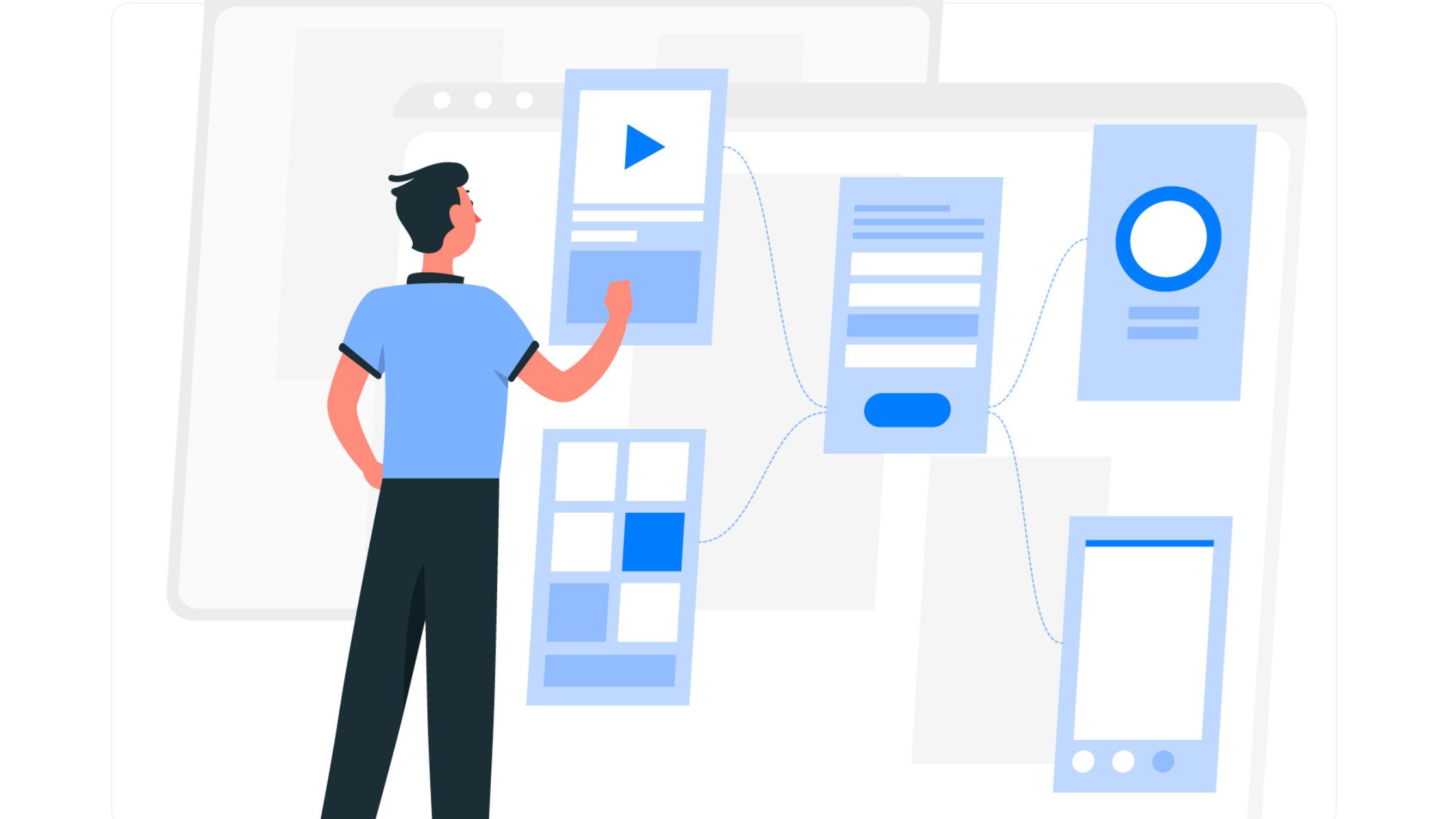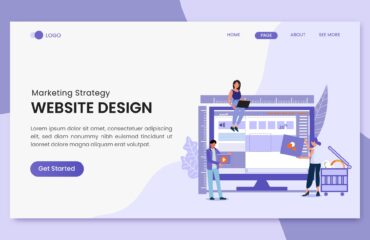
The Beginning: Command-Line Interfaces
It is a fact that human civilization’s paleolithic computing history includes a species of text-based human-computer interface called command-line interface (CLI). To get to work, they would have to write specific commands and applications, which in turn made the field of tower computing practically closed to those with technical skills. In summary, these computer interfaces were capable, on the one hand, but with a limitation of understanding the specific syntax and commands selected among the experts to run the system.
The Rise Of Graphical User Interfaces (GUIs)
The 1980s, particularly, pointing to the golden era of graphical user interfaces in the technological world; the Apple Macintosh and Microsoft Windows were the forerunners using GUI. The GUI era was a breakthrough in the history of IT: it helped users learn about the world of computers, approached as the means of communication with visual representations, such as icons, buttons, and windows instead of just text commands. This was really a turning point, as it made computers usable for more people, thus indirectly setting the stage for today’s user interface (UI) design.
The Web Era: Browser-Based Interfaces
Web browsers became a different type of platform for UI through the Internet in the 1990s, which brought the internet revolution. Those early web interfaces were rudimentary, often composed mostly of text, and their user experience was quite static. After the creation of HTML, CSS, and JavaScript, the web pages started becoming more fun and interactive. From static pages to dynamic ones, the user experience of the World Wide Web was improved, and more and more applications were delivered online.
Mobile Revolution: Touch Interfaces

Smartphones, which were first sold in the late 2000s, especially the iPhone, have brought about a whole new way of UI design, which is based on touch interfaces. Given the limited size of displays, designers were compelled to develop interaction patterns that involved swiping and tapping using the users’ hands. This reorganization also popularized the responsive approach to UI design, which adapted the interface to diverse screens and orientations.
Modern UI Design: Focus On User Experience
Nowadays, UI design puts immense stress on user experience (UX). The main issue, in the end, is to create a simple and nice experience for the people, whether you are a creator or a user. The designs are not encumbered by the size and the ability of a device to hold them. Likewise, AI and machine learning integration is about smarter design since it improves personalization and adaptation, making users get personalized experiences.
- Responsive Design: Making sure that the interfaces work on different devices and screen sizes.
- Personalization: AI integration and machine learning for custom-made experiences.
- User-Centered Design: Focusing especially on user preferences and needs.
Example: The Transformation Of E-Commerce Websites
At first, e-commerce websites were the functional ones with a classic outlook and no engagement between the customer and the site. This website’s UI, however, acquired more sophistication via means including the introduction of approaches like dynamic product displays, intuitive navigation, or even personal recommendations. Giving an example, Amazon’s initial interface was populated not only with clutter, but it was also full of text. Nonetheless, in the end, this became the application that caught the customers who were contented with your product, giving them a 15-minute guarantee on the purchase of which style suits them in real-time, thus making the shopping easier and more fun.
The Future: Immersive And Intelligent Interfaces
In the future, UI is being taken to the next level by the application of immersive technologies such as augmented reality (AR) and virtual reality (VR), which give more engaging and interactive experiences. Voice interfaces and AI-driven interactions will be at the fore, thus making the interfaces smarter, more intuitive, and conversational. And these new technologies of the future are going to redefine the relationships between people and digital products. They allow the users themselves to participate actively in the process of interaction over the internet with the product providing a more natural and immersive experience.
- Immersive Technologies: Augmented reality (AR) and virtual reality (VR).
- Voice Interfaces: Are becoming more ubiquitous.
- AI-driven interactions: Are the “brains” behind the smart and more intuitive interface technologies.
How AlgoRythm Solutions Can Help
Here at AlgoRythm Solutions, we are specialized and assured in staying ahead of the crowd in UI design strategies. Our skilled group can help you develop advanced, user-friendly interfaces, which are supported by the latest technologies and best practices. Whether you’re pondering over the idea of giving your existing UI a new face or aiming to craft a new one from scratch, we will be there to ensure a very high level of user engagement.


